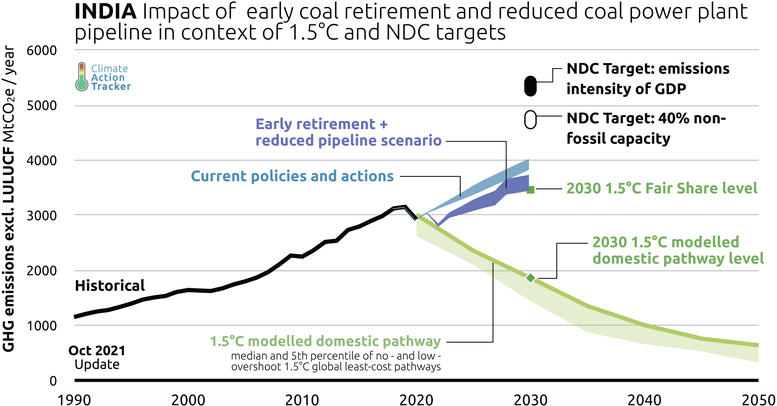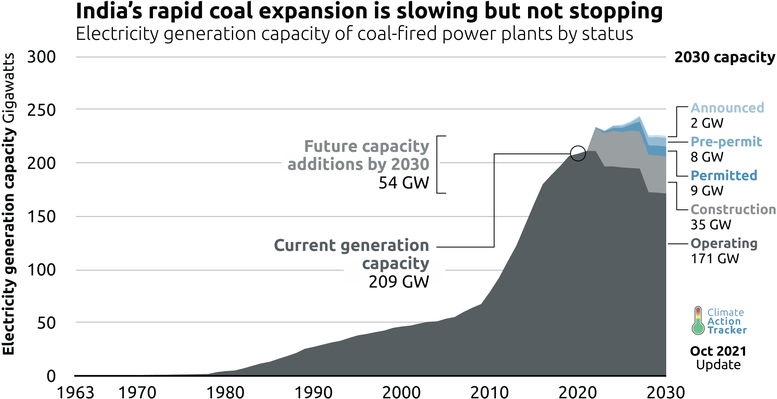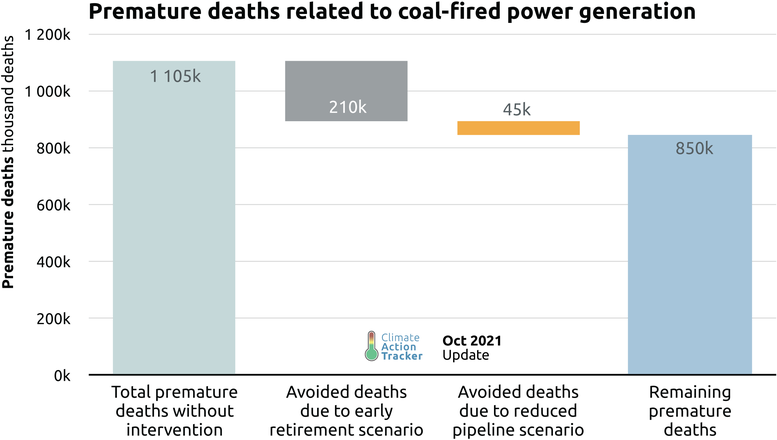How a renewable energy COVID-19 recovery creates opportunities for India
Attachments
Summary
India has been severely impacted by COVID-19. As the country emerges from this challenging time, it has the potential to accelerate its transition to a zero emissions economy. The Indian government has earmarked at least USD 325bn—corresponding to approximately 11% of the country’s gross domestic product (GDP) in 2019—to fund recovery measures. As a part of this package, support is provided for healthcare and welfare, but further measures have included substantial support for businesses, and enhancing credit availability in the agricultural and small and medium enterprises (SME) sectors to stimulate economic growth. These could potentially have negative impacts on the environment by increasing emissions and unsustainable land use. More recent stimulus measures have focussed on further development of battery storage and solar PV, with roughly USD 3 bn announced in support of these industries (Vivid Economics, 2021).
A major opportunity exists for India to take advantage of this situation and accelerate the exit of coal and scaling up of renewable energy, would benefit Indian economy and health and also would assist India moving into a leadership position on climate action globally.
India’ climate vulnerability is very high and as a developing country India needs international support to reduce its emissions to the level needed by the Paris Agreement. Within this framework, however, there is a level of action that is consistent with India’s own fair share contribution to the Paris Agreement, and that, if taken, would establish a major benchmark for India to demand an appropriate level of international finance and resources to bring its coal power sector to levels consistent with the Paris Agreement
This study shows that India can reduce coal use by scaling up renewable energy by 2030 and that would have the effect of reducing its national emissions to its fair share level in 2030, but getting further to the lower levels implied by the Paris Agreement needs to be fully supported by the international community through climate finance and other means of support.

How is a transition away from coal possible?
A global transition away from coal electricity is not only becoming the economically most feasible option; it is also fundamental to achieving the Paris Agreement’s long-term temperature goal. Coal should be phased out globally, and in India by 2040, to limit warming to 1.5°C. A reduction in coal-fired electricity in favour of renewables would also have a positive effect on air pollution, reduce strain on the health system and help save thousands of lives.
Costs of electricity from renewable energy sources have dropped over the last decade. For utility-scale solar photovoltaics, costs have fallen 85% globally since 2010 (IRENA, 2021). According to IRENA, “new solar and wind projects are increasingly undercutting even the cheapest and least sustainable of existing coal-fired power plants”. Deploying renewable energy today is not an expensive mitigation action that countries would need to prioritise over development for the sake of meeting climate goals, but has become a means for improving energy access and reducing the costs of energy, and as such, is an enabler of sustainable development.
This shift stresses the relevance of an accelerated uptake of renewable energy, in parallel to a coal phase-out in India, as part of the recovery from the COVID-19 crisis. A green recovery not only supports climate change mitigation, but include co-benefits like creating new jobs opportunities and improving air quality.
Indian policy frameworks currently overemphasise coal
India continues to support coal, with new loans to support a number of drowning thermal power projects, undermining chances of a “green” recovery. Commitment to a green recovery would require India to realign its public spending with the central goal of transitioning to a zero-emissions economy and away from coal. India has yet to submit an updated Nationally Determined Contributions (NDC) target. Accelerating the transition away from coal to renewable energy can also help it to strengthen the mitigation ambition and increase its 2030 NDC target.

How to achieve a transition from coal to renewables?
In India, thermal power plants older than 20 years need to install costly pollution control technologies to comply with recent emissions standards and India operates a renovation and modernisation programme for power plants older than 25 years. We find that if India were instead to retire all the coal-fired plants that have been in operation for over 18 years and reassess portions of its coal-fired power plant pipeline, in favour of renewables, it could reduce emissions by 7%–10% below its current policy pathway by 2030.
This corresponds to emissions 30%–35% below the middle of India’s current Nationally Determined Contributions (NDC) emissions intensity target range or an emission intensity target of 54-57% below 2005 levels.
This would bring India’s emissions levels in 2030 close to levels consistent with its own “fair share” contribution to the Paris Agreement 1.5°C range. These measures would therefore provide an additional and, cost-beneficial opportunity for India to increase its unconditional NDC.
Health benefits of early retirement for old power plants and re-evaluation of coal pipeline
The implementation of an early retirement for old power plants and re-evaluation of the existing pipeline would also have spill-over effects beyond mitigation. We quantify effects on premature deaths resulting from air pollution, and find that India could avoid up to 255,000 premature deaths in the next decade (a reduction of almost a quarter) by reducing its reliance on coal-based electricity generation.

A scenario for India to seize the high ground on Paris Agreement Implementation
The measures investigated in this analysis - early retirement older coal power plants and re-evaluation of the coal pipeline – would align India with the level of policies and action consistent with its own “fair share” contribution to the Paris Agreement. Such measures would very likely result in a 1.5°C compatible rating under the Climate Action Tracker for its policies and actions.
We estimate that this reduction in coal fired capacity, in the absence of additional efficiency measures, would require 160–320 GW of additional renewable capacity to India’s previously communicated 450 GW by 2030 goal. India is likely to achieve, and may even over-achieve, the 450 GW goal, including hydro, under current policies.
With confidence in the ability to reach this goal, India could consider raising its unconditional NDC to achieve the emission levels consistent with the full implementation of the measure studied here, which would require a higher installed renewable capacity target. Such a move would then likely result also a 1.5°C compatible rating under the Climate Action Tracker for its “fair share” target.
India’s conditional NDC target is not rated well by the Climate Action Tracker based on the extent of emission reductions that need to take place within the country’s borders. India will need to go beyond the measures considered in this report and accelerate the uptake of renewables and phase out of coal power even further to put its power sector on a 1.5°C pathway by 2030, and adopt additional measures in other sector to achieve such a Paris compatible level.
The difference between India’s conditional and unconditional NDC under this scenario would then have to be entirely supported internationally. This would provide a very clear and an unassailable demand to the international community that this is the level of support that India needs to make one of the biggest transitions needed, both domestically and globally. The support needed would not just be for technology but also for transitional costs including just transition of the workforce.
Find out more
To find out more, please read the full analysis by clicking the button below. You can also visit the main country assessment page for India by clicking here.
Stay informed
Subscribe to our newsletter